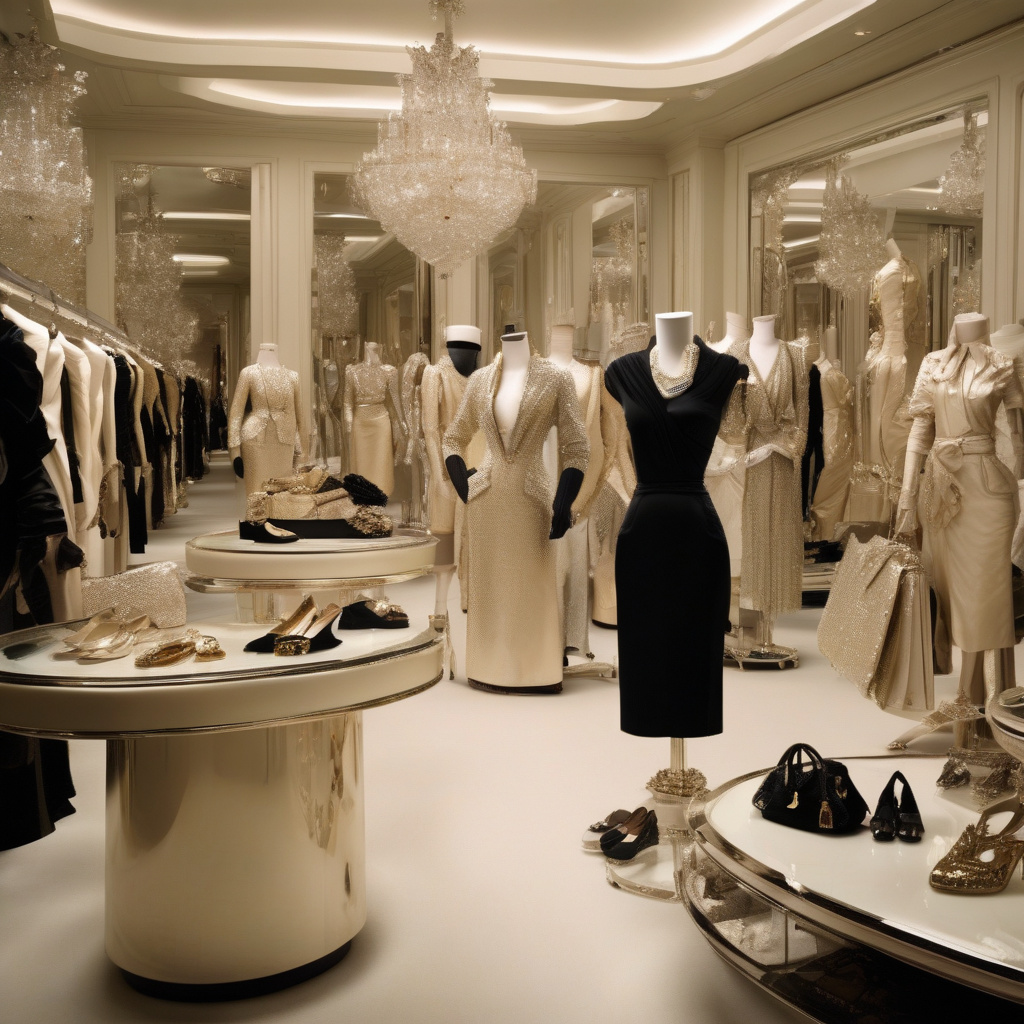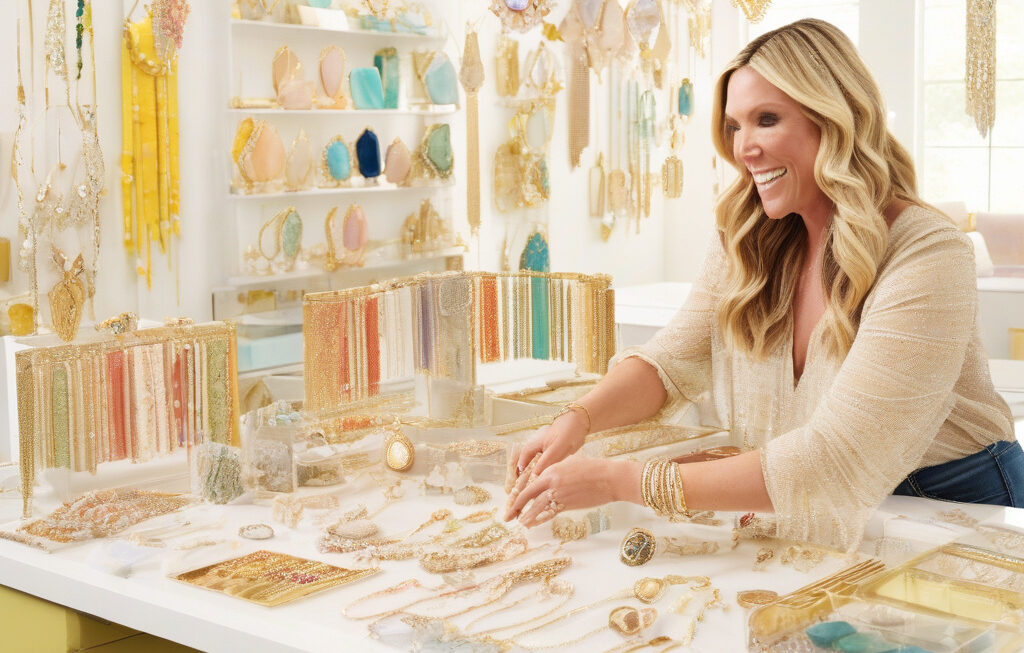A Slap on the Wrist Won’t Solve Luxury’s Sweatshops Problem
Luxury fashion brands have always been synonymous with glamour, sophistication, and exclusivity. However, behind the shimmering facade of haute couture lies a darker reality – the prevalence of sweatshops and poor labor practices in the industry’s supply chain. This week, the spotlight has once again been cast on this issue as Italy’s Competition Authority concluded a probe into Dior’s alleged deception of consumers regarding working conditions at its suppliers. Surprisingly, no wrongdoing was found, prompting concerns about the effectiveness of such investigations in tackling the deep-rooted problems within the luxury sector.
While the closure of the probe may have provided temporary relief for Dior, the storm is far from over. A new case has emerged, linking another luxury powerhouse, Valentino, to similar allegations of exploiting workers and tolerating substandard labor conditions. This revelation serves as a stark reminder that the mistreatment of garment workers is not an isolated incident but rather a systemic issue deeply ingrained in the industry.
The fashion industry’s reliance on complex and opaque supply chains spanning multiple countries and continents has long been a breeding ground for labor exploitation. The quest for cheaper production costs and faster turnaround times has incentivized brands to turn a blind eye to the working conditions of those who make their luxurious creations a reality. While consumers may be dazzled by the allure of designer labels, the ugly truth behind the scenes cannot be ignored.
In recent years, there has been a growing call for greater transparency and accountability in the fashion industry. Consumers are becoming increasingly conscious of the ethical implications of their purchasing decisions and are demanding more information about the origins of the products they buy. Social media and digital activism have amplified the voices of advocacy groups and whistleblowers, shining a spotlight on the darkest corners of the fashion world.
However, despite these efforts, the problem persists. The recent cases involving Dior and Valentino underscore the limitations of regulatory bodies in effectively addressing labor rights violations in the luxury sector. The fines imposed on brands found guilty of misconduct are often a mere fraction of their annual revenues, serving as little more than a slap on the wrist. Without meaningful consequences and a genuine commitment to reform, the cycle of exploitation is doomed to repeat itself.
To truly tackle the sweatshops problem in the luxury fashion industry, a multi-faceted approach is needed. Brands must take responsibility for their entire supply chain, from raw material sourcing to final production, and ensure that ethical labor practices are upheld at every stage. Governments and regulatory bodies must strengthen enforcement mechanisms and impose stricter penalties on companies that flout the rules. Consumers, too, have a role to play in holding brands accountable and driving demand for ethically produced goods.
Ultimately, the onus is on the industry as a whole to prioritize people over profits and recognize that fashion can no longer come at the cost of human dignity. The time for half-hearted investigations and symbolic gestures is over. It is only through genuine commitment and concrete action that the luxury fashion sector can begin to address its sweatshops problem and usher in a new era of transparency and accountability.
#LuxuryFashion, #Sweatshops, #LaborRights, #EthicalFashion, #FashionIndustryResponsibility












